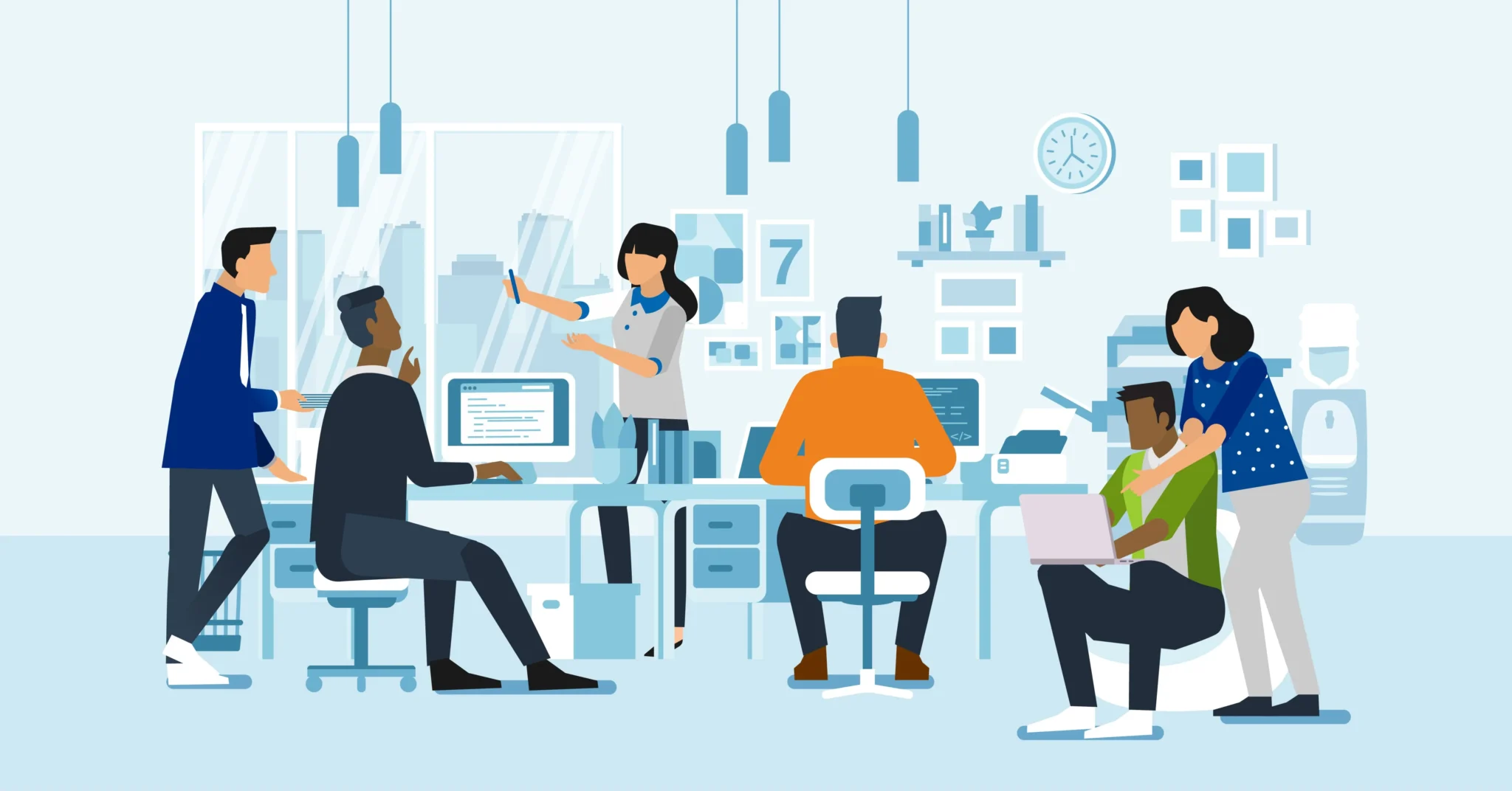In today’s dynamic work landscape, a staggering 64% of employees express dissatisfaction with their work environments, feeling they don’t provide the necessary support for peak performance. Addressing this crucial aspect, recent research underscores the importance of evolving workplace design to align with evolving work habits, particularly in the context of hybrid work setups.
A comprehensive study conducted by global technology leader Cisco, encompassing 7,550 full-time employees and 1,650 employers across the APAC region, sheds light on the prevalent challenges. Notably, a significant majority of respondents (64%) perceive their workspaces as inadequate, failing to facilitate their best work. Key areas of concern include collaboration and meeting spaces, technology infrastructure, and seating arrangements.
81% of employees feel dissatisfied with current layouts and seating arrangements, hindering effective teamwork and brainstorming sessions
Libby Sander, Assistant Professor of Organisational Behaviour at Bond University and an authority on workplace design, emphasises the profound impact of the physical environment on productivity. She stresses the imperative question: does the workspace effectively support employees in their tasks?
The advent of hybrid work arrangements, while offering notable benefits such as cost savings and heightened productivity, has brought forth a new set of challenges in workplace design. Despite the allure of office collaboration and social interaction, a staggering 81% of employees feel dissatisfied with current layouts and seating arrangements, hindering effective teamwork and brainstorming sessions.
Sander emphasises the importance of aligning physical environments with cognitive tasks, advocating for varied spaces tailored to different work needs. Collaborative tasks thrive in open, flexible settings, while deep work necessitates quiet, distraction-free zones. Additionally, she highlights the significance of addressing fundamentals such as acoustics, lighting, and overall comfort.
As workplaces evolve to meet the needs of modern employees, Cisco’s findings indicate a resounding commitment from employers to redesign office spaces. However, it’s essential to prioritise elements that not only enhance productivity but also contribute to mental well-being.
Natural materials, ample natural light, and visually appealing design elements play a pivotal role in fostering a positive psychological environment
Natural materials, ample natural light, and visually appealing design elements play a pivotal role in fostering a positive psychological environment. Employers must also address acoustics to minimise distractions and provide designated quiet spaces for focused work.
Innovative strategies, such as space rationalisation and flexible working options, offer avenues to optimise existing resources and accommodate diverse work preferences. Ultimately, the evolution of workplace design is integral to empowering employees to thrive in a hybrid work landscape, where autonomy and adaptability reign supreme.





